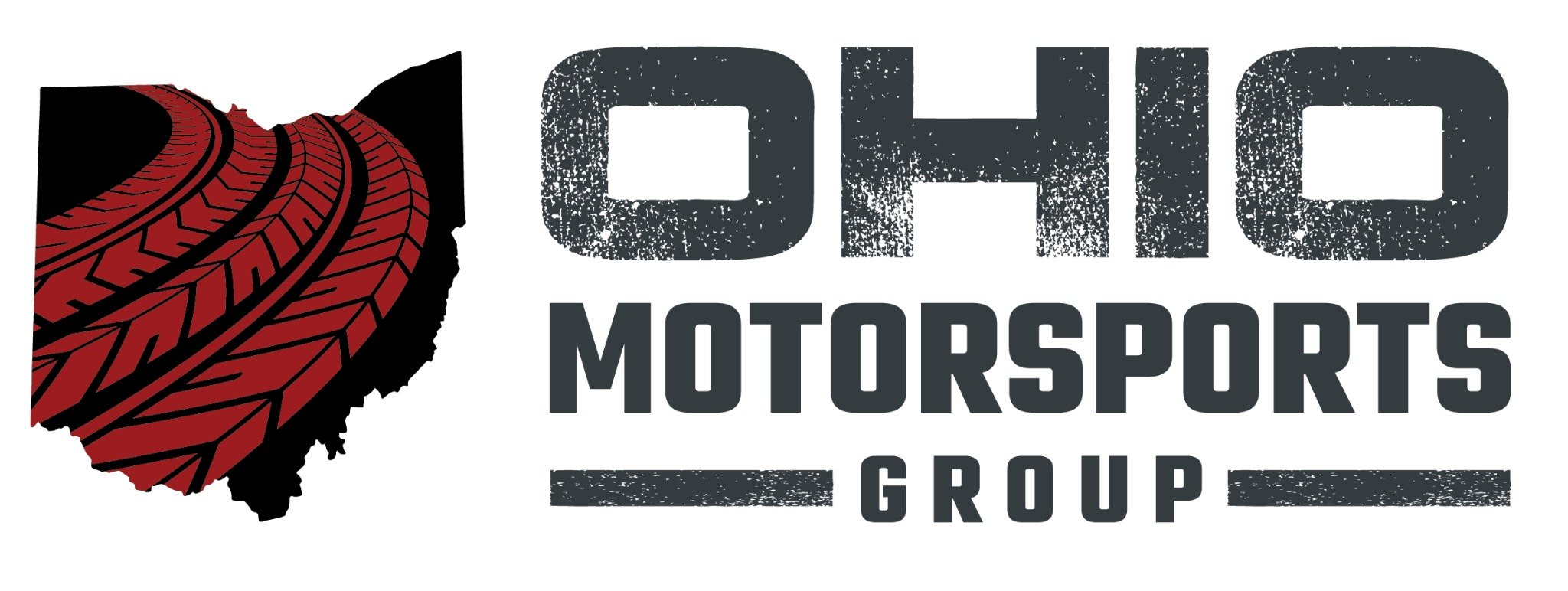I've always thought of a turbocharger like a fan. Think of two fans with identical motors and gearing but different diameter blades. When you turn the fans on, which one will get up to speed (spool up) quickest? Right, the smaller one. The large one will take longer to reach its peak air movement, but once it does, it will move a lot of air.
Now you have to enter the engine into this. As your RPMs and useable power increase, so does the amount of air and fuel used (leadfoot=bad gas milage) Go back to the little fan - its pushing a minimal amount of air, but pushing it when the car is only at 4500rpm. The engine doesn't need all of that air, so 22psi of pressure builds up. By the time you get to 6k rpm though, that little turbo is out of steam since it can't push any more air, and boost is tapering off to 8psi.
A big turbo would still be spooling at 4500 RPM but would produce its 22psi later in the powerband... say around 6500 RPM. Since the engine is more powerful at that speed, the big turbo crams more air into it, and gets more power out of it!
A V8 with a gt17 would be silly. My saab with a gt4billion would be less useful than it is now.
Did any of that make sense? I need something constructive to do with my time


